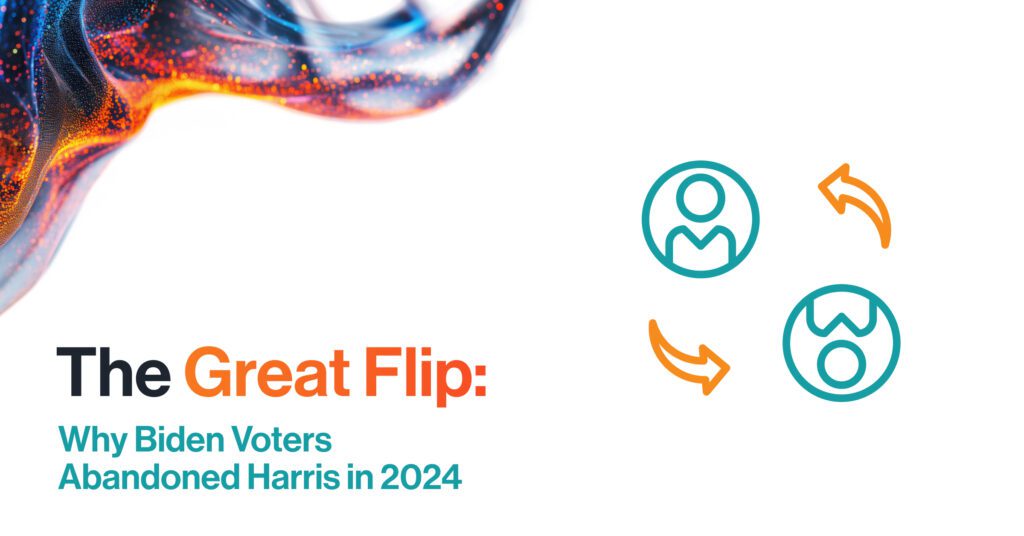At the annual Reed Awards in Charleston, South Carolina, Campaigns & Elections awarded Resonate the prestigious Reed Award for “Best Application of Artificial Intelligence or Machine Learning.”
The Reeds, named after Campaigns & Elections founder Stanley Foster Reed, “embody excellence in political campaigning, campaign management, political consulting and political design.”
Judged by a panel of peers, Resonate was recognized for our efforts in the 2017 Senate special election.
The Campaign
During the lead up to the special election, Resonate identified an online audience consisting of nearly half a million Alabamians who were consuming the majority of their news from right-wing publications.
Collectively, the constellation of publishers comprising this conservative media bubble functioned as a private communication channel within the Republican base, through which Roy Moore regained traction against crippling allegations of sexual assault without the burden of a counter narrative from a sophisticated opposition. For many voters inside this bubble, the conservative narrative was the only reporting they encountered on the topic, a fact we could verify through real-time assessment of news consumption.
This powerful network, the salacious campaign environment, and challenging electoral conditions in Alabama afforded unique opportunity to court non-obvious Democrat voters.
Our strategy
Resonate verified the bubble’s existence by combining the nation’s largest independent voter research with anonymized contextual, real-time analysis of more than 15 billion page loads per day, leveraging artificial intelligence and advanced predictive modeling to understand the audience at an individual-level.
Our analyses demonstrated that the bubble held enough persuadable Independent and Republican voters to tip the scales in favor of the Democratic candidate, Doug Jones, and neutralize the significant statewide Republican advantage of outnumbering Democrat voters by roughly 2-1.
By leveraging Resonate’s data, analytics, and disruptive strategy, the Jones campaign was able to skirt past conservative talking heads, directly infiltrate the online conservative media bubble, and target niche audiences with pro-Jones messaging that had been absent or nonexistent from their digital lives.
The results:
Resonate enabled the Jones campaign to establish a direct line of communication with over 240,000 voters within the confines of Alabama’s conservative media bubble. Voters were targeted with a negative Roy Moore ad consisting of a 30 second pre-roll video, highlighting the serious sexual misconduct allegations levied against Moore, his extreme policy views, and lack of support from leaders in his own party.
Overall, the negative Moore video generated 80,000 unique completions with each user consuming the video an average of 10x.
Of the 80,000 voters in the conservative bubble who completed the video, our insights showed:
- 41% identified as Independents and 45% identified as Republicans
- 28% voted for Barack Obama in 2012
- 63% identified as pro-choice voters
The above audiences would prove to be critical for Jones on Election Day, who ended up defeating Moore by 1.5% or 20,715 total votes.
Exit polling demonstrated that Jones won Independents by a margin of 8% or roughly 22,203 Independent voters. Through Resonate targeting, the Jones campaign engaged just under 33,000 Independents, which ensured he reached enough Independents to eclipse Moore.
Jones also had a total of 36,000 likely moderate Republicans watch his anti-Moore video. The exit polls showed that 8% of Republicans broke for Jones or roughly 45,463 Republican voters, demonstrating the effectiveness of finding and targeting moderate Republicans online in the state of Alabama.
Since Moore campaigned heavily on overturning Roe v Wade, the Jones campaign utilized data and analytics to target pro-choice voters within the bubble. By doing so, Jones was able to engage upwards of 50,000 pro-choice voters that fundamentally disagreed with a top Moore campaign platform.
When the targeting campaign concluded, we explored the outcome the impressions had on individual behavior. Using algorithmic capabilities to quantify the slant of individual websites, we assessed what proportion of a device’s behavior came from conservative sites and averaged this metric across all devices seen on a given day.
We discovered that devices exposed to impressions tended to have increasing amounts of liberal browsing following the start of the campaign on Dec 9 relative to non-exposed devices from the state of Alabama. To close out the campaign on December 12 (Election Day), the exposed group showed a 30% bump in liberal browsing relative to the control group.
These results reinforce our strategy of messaging sympathetic voters inside a hostile media environment and suggest these methods should be explored more generally, wherever media asymmetries may influence issue.



